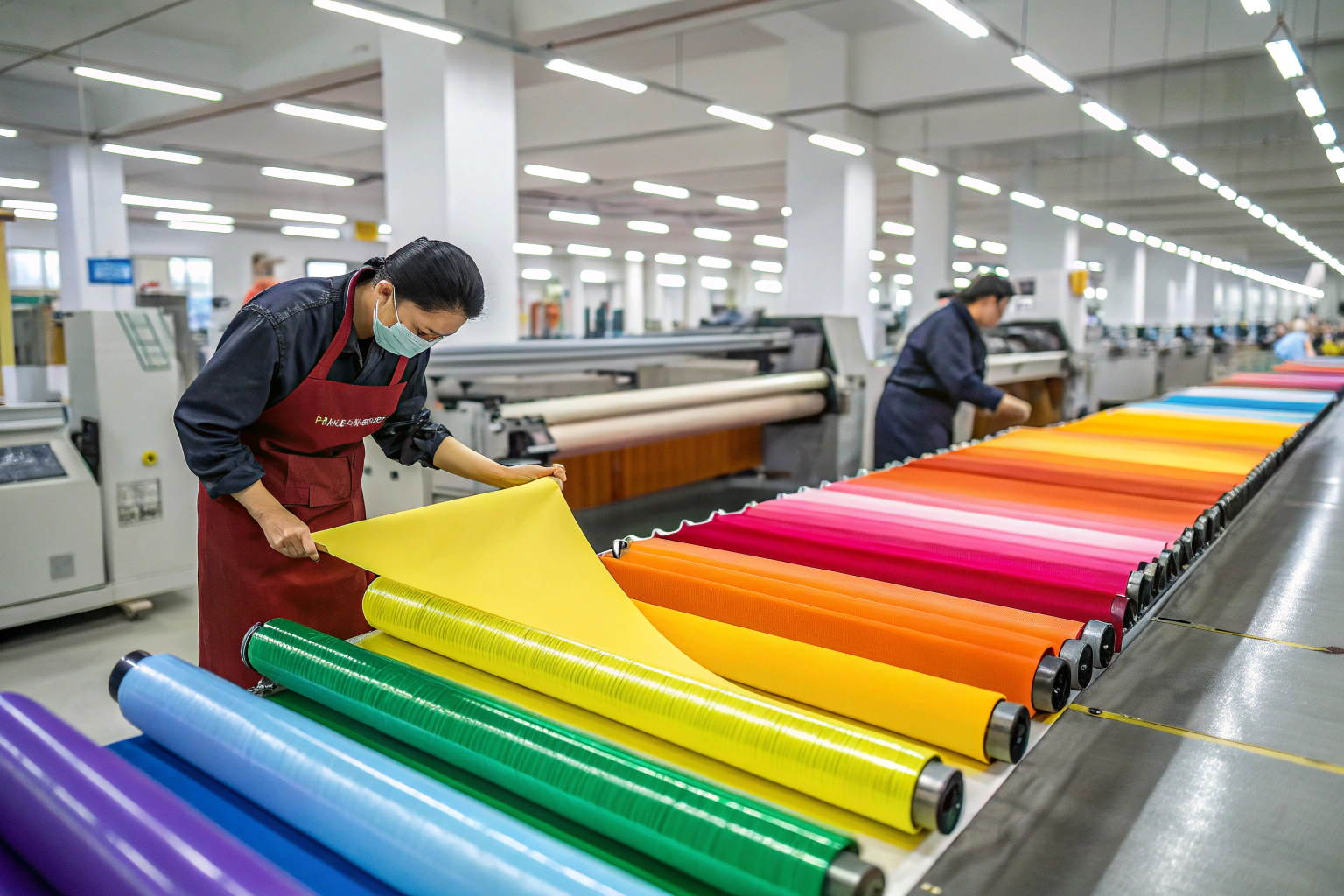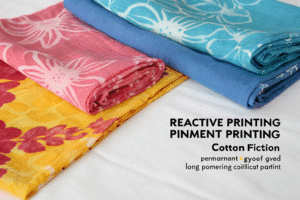Finding the right thermochromic heat-sensitive promotional fabric can be the turning point for a brand’s product launch. In today’s competitive fashion and promotional goods market, standing out is not optional—it’s essential. Whether you’re a brand manager, a product developer, or a sourcing agent, understanding where and how to get the right quality and service is key.
Thermochromic fabrics are more than just a novelty—they can enhance interactive apparel, event merchandise, and marketing campaigns, creating a memorable user experience. But sourcing them from the wrong supplier can lead to delayed timelines, poor quality, and inconsistent color-changing effects.
That’s why I’m here to break down exactly how to source these fabrics like a pro, using my 20+ years in the textile industry.
Key Qualities to Look for in Thermochromic Fabric
The first step in sourcing is knowing what “good” looks like. Thermochromic fabrics react to temperature changes, and the right one should show a vivid, consistent color shift when touched or exposed to heat.
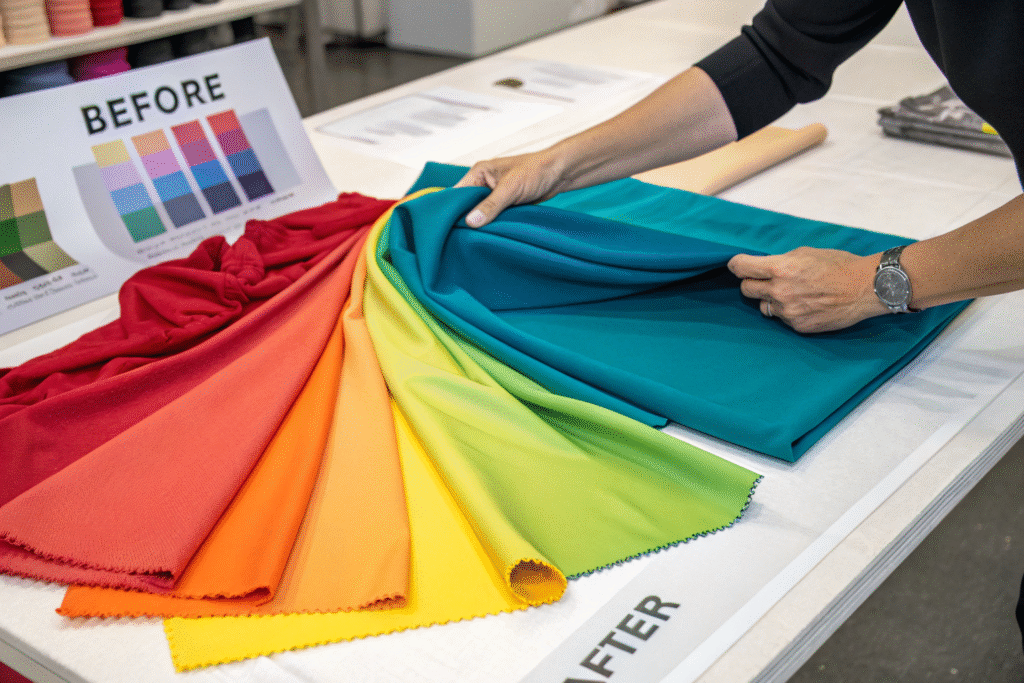
What Determines Color-Changing Performance?
The color shift temperature range is critical. For promotional apparel, fabrics that change around 30–35°C work best because they react to body heat. You should also check how fast the change occurs and how quickly it returns to the base color. I often advise clients to request lab test videos or visit a supplier’s testing facility like Intertek or SGS to verify performance. Durability after washing is another factor—some cheap coatings lose effect after 3 washes.
Which Base Fabrics Work Best?
Thermochromic dyes can be applied to cotton, polyester, blends, and even technical fabrics. Cotton offers a natural feel but may require a pre-treatment for better dye adhesion, while polyester allows brighter colors and longer-lasting effects. I recommend choosing suppliers who can offer both woven and knitted bases, and who have experience with coatings or screen printing methods from sources like Specialty Printing Fabric Guide.
Reliable Suppliers and Sourcing Channels
The fastest way to find suppliers is to target trusted industry platforms and events where thermochromic fabrics are showcased.
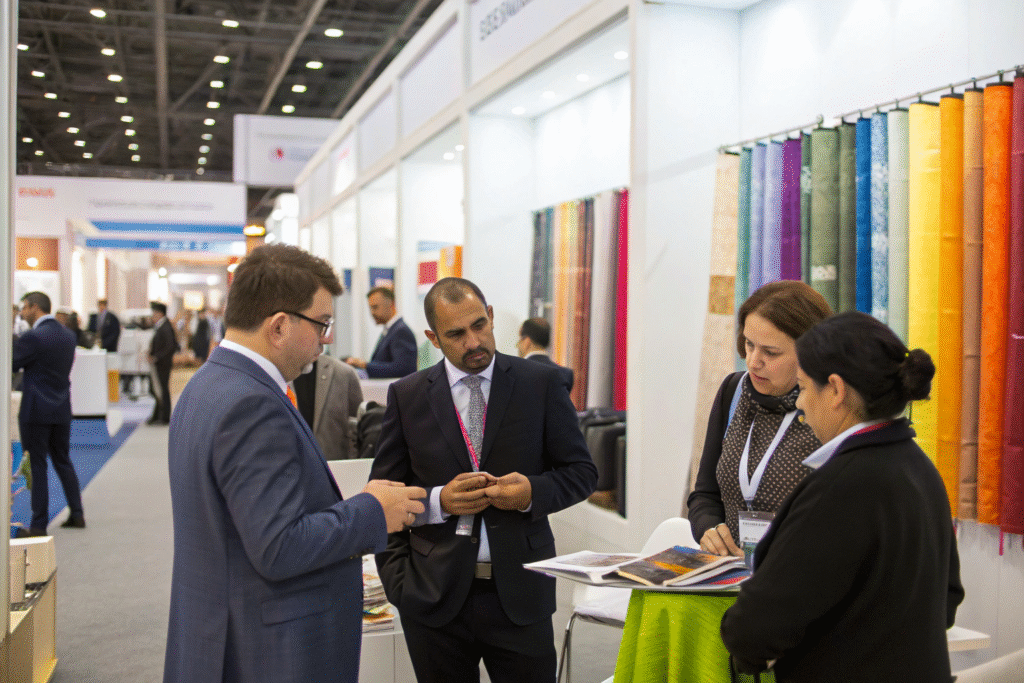
Where to Meet Qualified Suppliers?
Attending fabric trade shows like Canton Fair or Keqiao Textile Expo gives you hands-on experience with fabric samples. You can touch, stretch, and test thermochromic effects on the spot. If in-person visits are impossible, use verified online B2B platforms like Alibaba or Global Sources—but always filter suppliers by years in business and verified certificates.
How to Use AI for Supplier Screening?
Modern sourcing doesn’t stop with browsing catalogs. I often use AI-driven sourcing tools that can analyze suppliers’ production history, export volume, and client feedback. Platforms like ImportYeti allow you to check shipment data, helping you avoid unverified traders and focus on established manufacturers.
Quality Control and Testing Procedures
Sourcing is only half the battle; ensuring quality is where most fail. With thermochromic fabrics, inconsistent color change or fading after washing is a common risk.
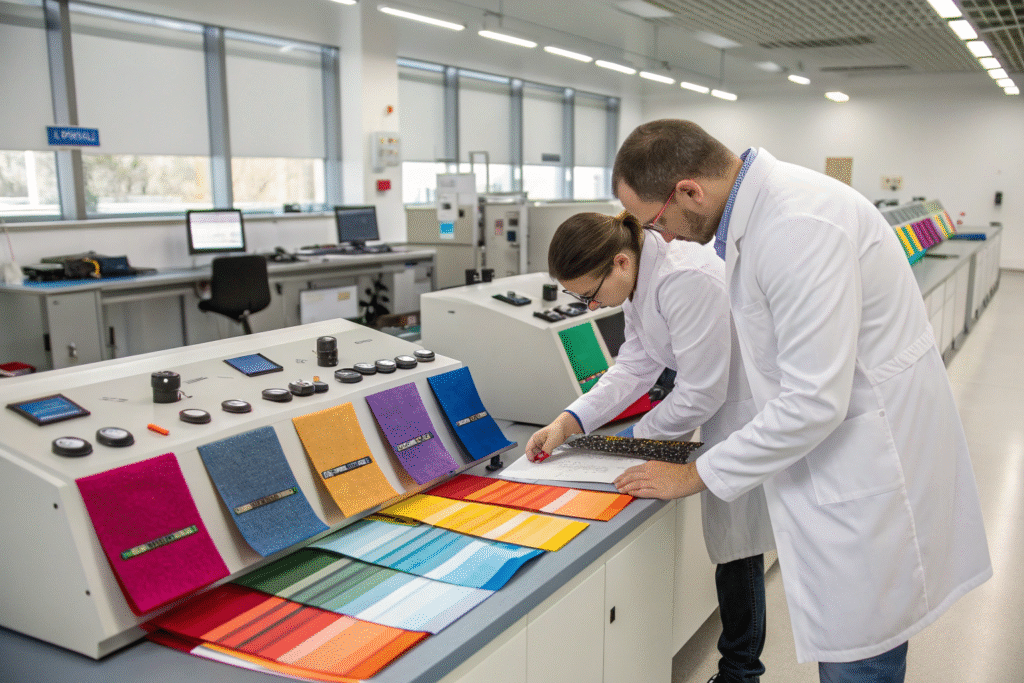
What Tests Should You Request?
Ask for standardized test reports, such as AATCC colorfastness tests and heat sensitivity reports from accredited labs like Bureau Veritas or SGS. Insist on multiple fabric swatches from different batches to check consistency.
How to Inspect Shipments Before Payment?
For bulk orders, hire a third-party inspection service like QIMA to check your thermochromic fabrics before shipment. They can confirm color change temperature, measure coating thickness, and verify no harmful chemicals are present. This protects you from costly returns and customer complaints.
Cost, Lead Times, and Logistics
While thermochromic fabrics are a specialty product, the sourcing process doesn’t have to break your budget if you plan strategically.
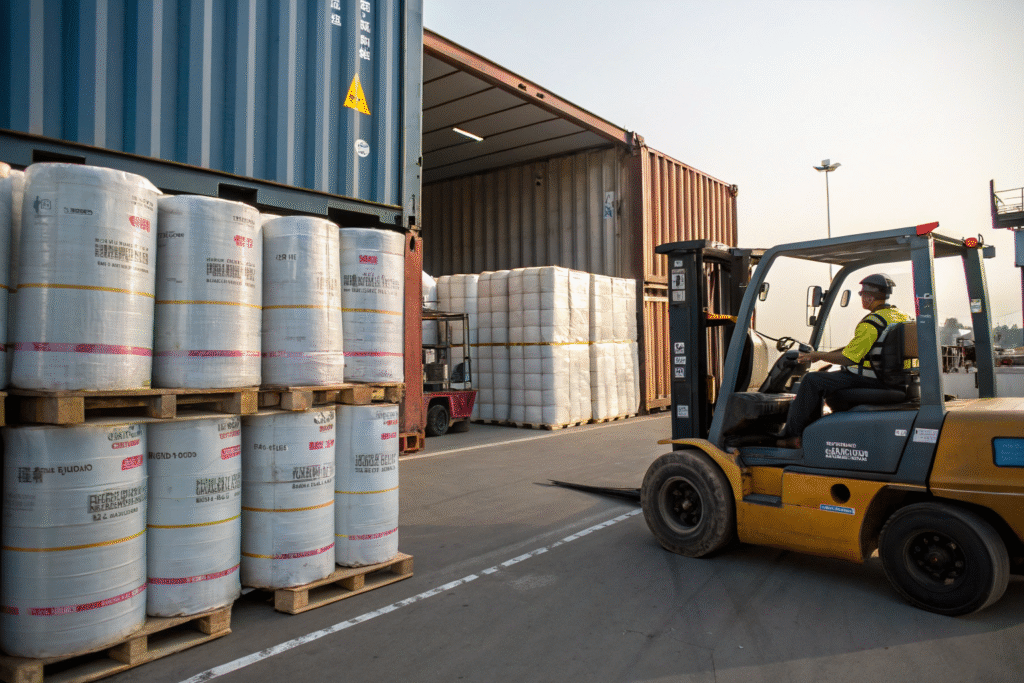
How to Negotiate Better Pricing?
Always request quotes based on multiple quantities—MOQ, medium, and large orders. This allows you to see price breaks. Discuss whether the supplier can combine thermochromic orders with other fabrics to share shipping costs. Using Freightos can help compare freight rates in real-time.
How to Shorten Lead Times?
Lead time depends on base fabric availability and dyeing capacity. If you work with integrated suppliers—those who handle weaving, dyeing, and finishing in-house—you can cut 20–30% off production time. Services like Flexport can help manage international logistics to avoid delays at customs.
Conclusion
Sourcing thermochromic heat-sensitive promotional fabric requires attention to performance, supplier reliability, quality assurance, and cost management. By partnering with experienced manufacturers who offer end-to-end production—from fabric weaving to coating, inspection, and shipping—you can secure products that impress clients and withstand real-world use.
If you’re ready to develop your own thermochromic fabric collection, I invite you to contact our Business Director, Elaine, at elaine@fumaoclothing.com. At Shanghai Fumao, we don’t just sell fabric—we co-create solutions tailored to your market.

